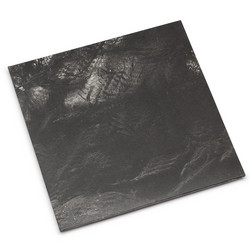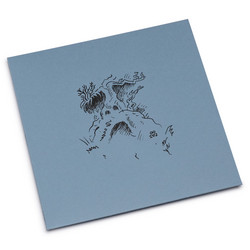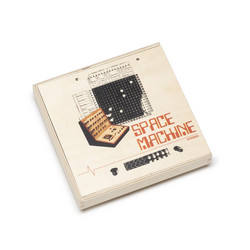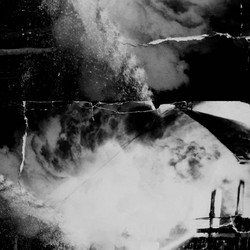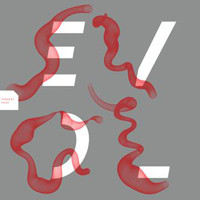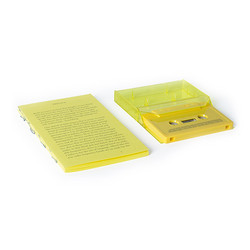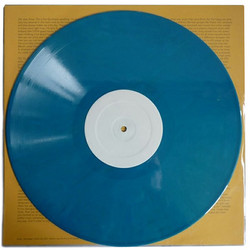EVOL
Three Hundred Grams Of Latex And Steel In One Day
'Three hundred grams of latex and steel in one day' is the second totally acoustic piece in our ever expanding Punani series. Just as Hiller, Isaacson and Baker set off to figure out how much composition, as a system with rules specific to genre and style, could be implemented as computer algorithms [1] in their so called experiments during the 1950s, this series of acoustic pieces was conceived as an attempt to test a similar principle in reverse: is it possible to use physical and chemical (non-electronic) systems to emulate the aesthetics and techniques implemented in our computer compositions?
'Three hundred grams…' employs a simple inertia/friction model using latex balloons and hexagonal stainless steel nuts played at different speeds and distances from the recording device. Up to 15 of these systems were used simultaneously during the recording session, in which very vague instructions were given to the players.
The system produces extremely short pulses (between 180 and 220 a second) in very fast trains that create a sound reminiscent of a non-sinusoidal waveform (such as a sawtooth wave). These pulse trains follow David Huron's principle of temporal continuity, which states that ‘In order to evoke strong auditory streams, use continuous or recurring rather than brief or intermittent sound sources. Intermittent sounds should be separated by no more than roughly 800 milliseconds of silence in order to assure the perception of continuity.’ [2]
Like the compressed liquid gas horns used in the first EVOL acoustic piece, the inertia/friction system used here is imprecise, unruly and hard to control. In a way, that makes these systems similar to our autonomous algorithms [3]. Despite the challenging nature of the instruments, interpreters managed to get quite different behaviours and frequencies out of them during the recording session. The resulting superposition of various detuned pulse-trains creates an all-acoustic approximation of the iconic supersaw and hoover sounds that have been the centerpiece of our Rave Synthesis theory and research since 2008. The piece is dedicated to Jocelyn Bell Burnell, co-discoverer of Pulsars in 1967 [4].
Roc Jiménez de Cisneros, May 2011.
Two pieces for balloons and steel parts.
Recorded using a Neumann KU 100 binaural dummy head microphone system at the ECCM auditorium in Barcelona, March 2, 2011. Recording engineers: Jose Ignacio Fournier, Lluís Surós.
This recording contains unprocessed acoustic sounds only.
Headphone listening recommended.



